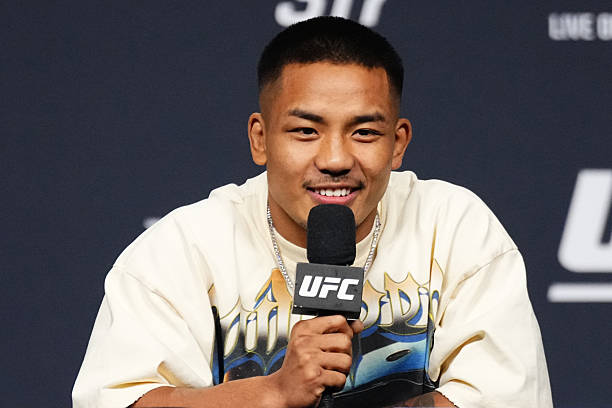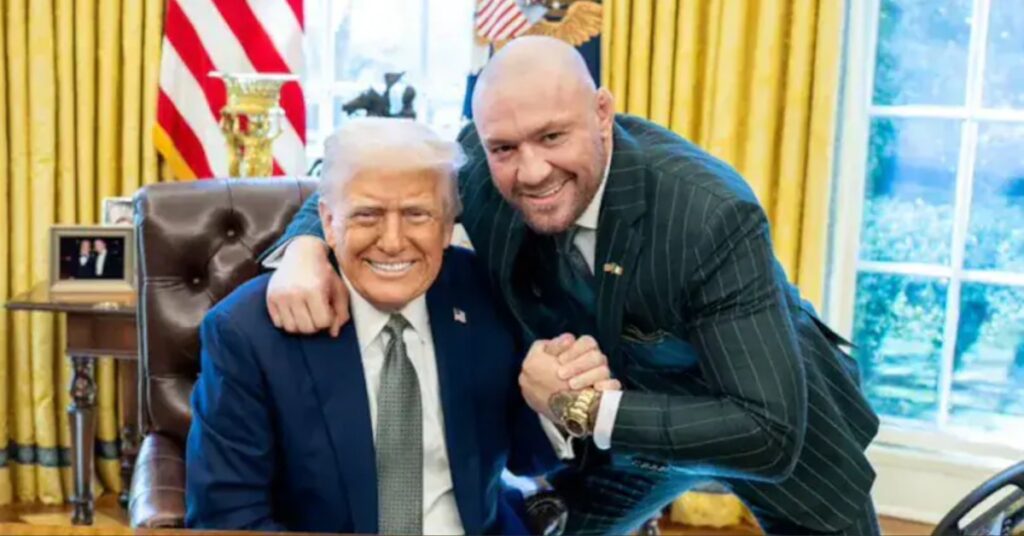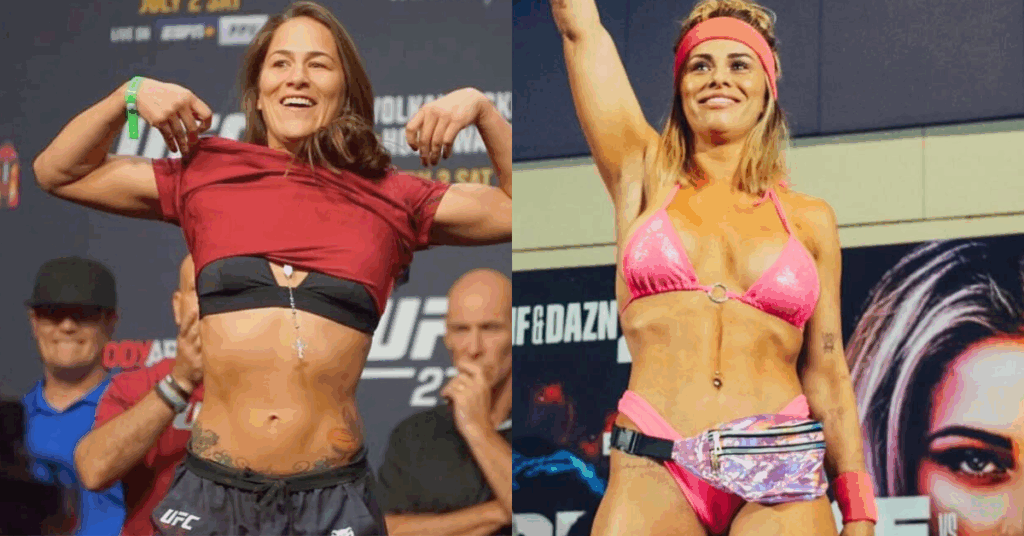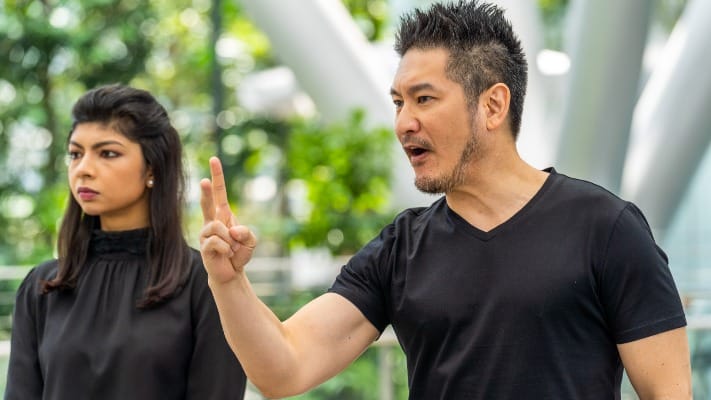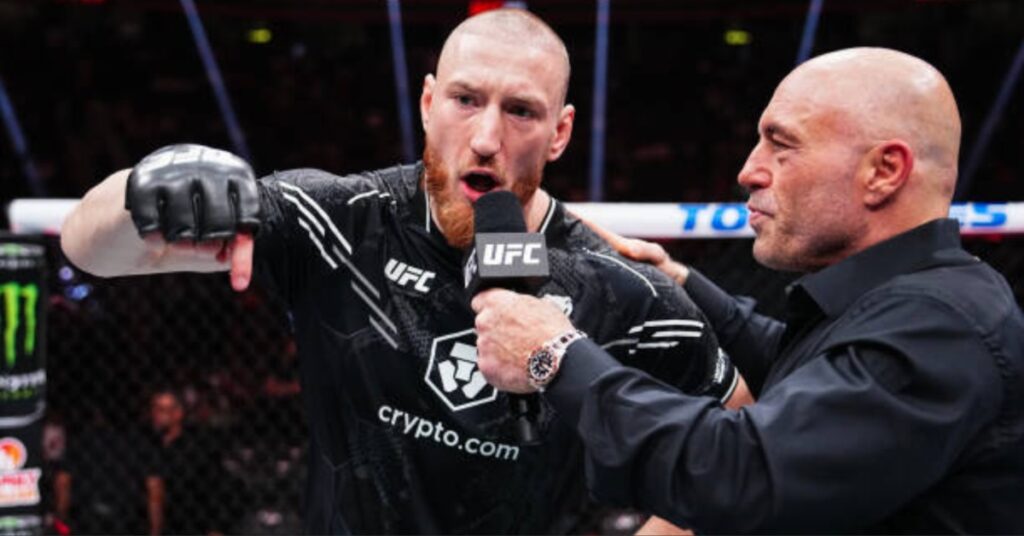Freestyle Wrestling: Everything You Need To Know
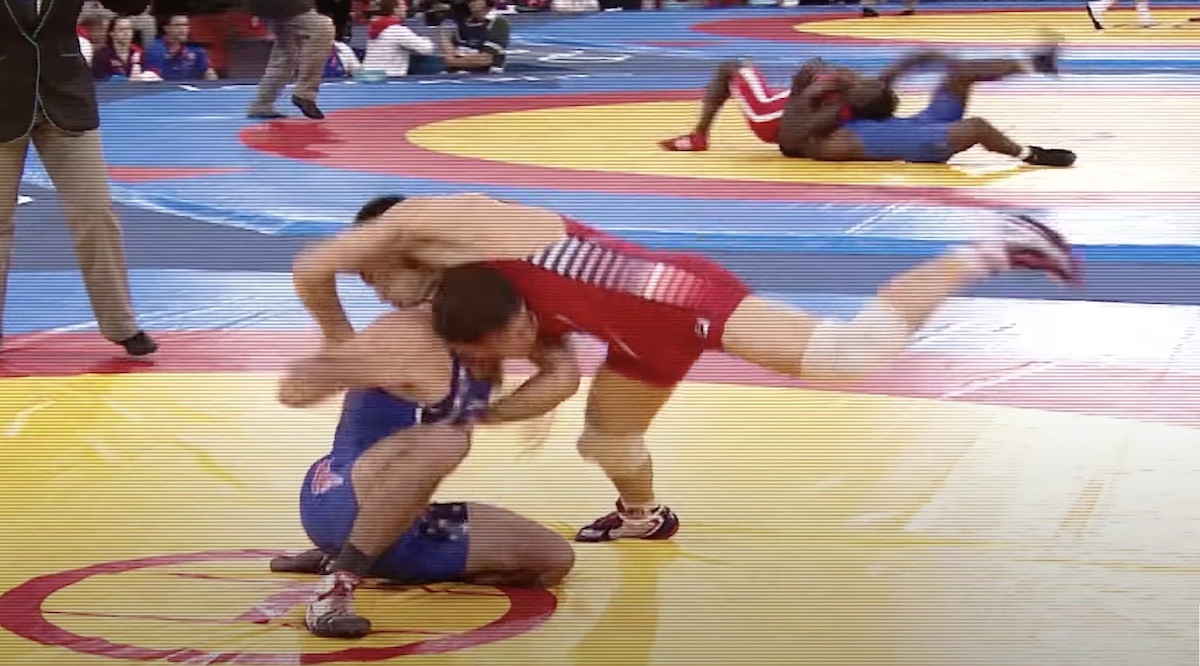
The most popular and most practiced form of wrestling in the world by far is freestyle wrestling. Along with Greco Roman wrestling, it is the only other form of wrestling that is an Olympic sport.
Let’s dive into the history of freestyle wrestling and see how it became the world’s most practiced style of wrestling. Going over how it grew after becoming an Olympic sport and an overview of the style.
The history of freestyle wrestling
Freestyle wrestling’s development in the late 1800s
Freestyle wrestling is only a little over a century old. It was developed off of numerous styles of wrestling that were practiced in Europe.
Some of the most influential styles of wrestling that helped form freestyle were catch wrestling, Lancashire wrestling, and Irish collar wrestling.
Many practitioners of these styles would travel to the US and practice against one another. When the US Civil War ended was when freestyle wrestling really started to form.
It took many of the techniques from catch wrestling, as well as Lancashire wrestling. The all fours or turtle position would be adopted from Irish collar wrestling.
During the 1880s, many US cities started to hold wrestling tournaments. Freestyle wrestling would be one of the main forms of wrestling done at these competitions.
The style paled in comparison to Greco Roman wrestling during this time, but would slowly start to gain traction.
Freestyle wrestling becomes an Olympic sport
In 1896, Greco Roman style wrestling would be the first style of wrestling included into the Olympic Games. When the Olympic Games were to be held in 1904, the committee wanted to add another wrestling style.
They were initially going to add catch wrestling, but would omit the style at the last minute. Mainly because submissions were included in catch wrestling and the Olympics didn’t want them used.
This left an opening, which freestyle wrestling filled, which was exactly what the Olympic committee was looking for. Freestyle wrestling would make its debut in 1904.
The only competitors were 40 American wrestlers, but the rest of the world would catch on to freestyle wrestling.
The UWW creates official freestyle wrestling rules
After an impressive debut at the Olympics, the number of athletes participating in freestyle wrestling would grow dramatically. This would lead the United World Wrestling committee(UWW) to create an official rule set for freestyle wrestling.
They created and drafted their rules in 1921, which the Amateur Athletic Union(AAU) would also adopt.
A freestyle wrestling point system was created
Twenty years after the adoption of the freestyle wrestling formats, a point system would be created. The person responsible for coming up with the point system was Oklahoma State wrestling coach Art Griffith.
Coach Griffith introduced his point system to the UWW and AAU, which were accepted. All freestyle wrestling tournaments both national and international would go by Griffith’s point system.
The first freestyle wrestling world championship
Almost fifty years after freestyle wrestling made its Olympic debut in 1904, the first freestyle wrestling championship would be held. United World Wrestling held the first freestyle world championship tournament in Helsinki, Finland in 1951.
That year, Turkey would win the first world team championship.
Freestyle wrestling took over
Over time, freestyle wrestling surpassed Greco Roman wrestling as the practiced and popular form of wrestling. Today, all young wrestlers dream of winning world titles in freestyle wrestling.
The rules of freestyle wrestling
- No striking
- Takedowns from the head to toes are permitted
- Permitted techniques: single legs, double legs, throws, suplexes, and trips
- The goal of a match is to pin your opponent or win by points
The format of a freestyle wrestling match
- 3 periods
- Each rounds is 2 minutes long
- 30 second rest between each round
- Two wrestlers start the match from standing and later go into riding positions.
Ways to win in freestyle wrestling match
- Pin
- Technical Fall
- Points
- Default
- Disqualification
The freestyle wrestling point system
- Takedowns: (2-5 points) Five points being a perfect takedown to a near pin position. Four position is a perfect takedown, but not to a near pin position. Three points is a takedown at a shorter amplitude to a near pin position. Two points is a short amplitude takedown, where an opponent does not land in a near fall position.
- Reversals: 1 point
- Exposure: (2-3 points) Three points is awarded when an opponent’s back is on the mat for several seconds and two for a shorter time.
- Penalty: (1-2 points) Depending on the penalty and if it’s a first or second offense.
- Out of bounds: 1 point
- Passivity: 1 point
The format of weigh-ins in freestyle wrestling
All weigh-ins are done on the same day of competitions like with any other style of wrestling. In Olympic freestyle wrestling, competitors must weigh in two hours before their match
Freestyle wrestling weight classes
Men’s Freestyle Olympic Weight Classes
- 57 kg (126.6 lbs)
- 65 kg( 143.3 lbs)
- 74 kg (163 lbs)
- 86 kg (189.5 lbs)
- 97 kg (213.8 lbs)
- 125 kg (275.5 lbs)
Women’s Freestyle Olympic Weight Classes
- 50 kg (110.2 lbs)
- 53 kg (116.8 lbs)
- 57 kg (125.6 lbs)
- 62 kg (136.6 lbs)
- 68 kg (149.9lbs)
- 76 kg (167.5 lbs)
Men’s Freestyle Weight Classes(World Championship/Pans)
- 53 kg (115 lbs)
- 57 kg (125 lbs)
- 61 kg (134 lbs)
- 65 kg (143 lbs)
- 70 kg (154 lbs)
- 74 kg (163 lbs)
- 79 kg (174 lbs)
- 86 kg (190 lbs)
- 92 kg (203 lbs)
- 97 kg (214 lbs)
- 125 kg (276 lbs)
Women’s Freestyle Weight Classes(World Championship/Pans)
- 50 kg(110 lbs)
- 53 kg(117 lbs)
- 55 kg(121 lbs)
- 57 kg(126 lbs)
- 59 kg(130 lbs)
- 62 kg(137 lbs)
- 65 kg(143. lbs)
- 68 kg(150 lbs)
- 72 kg(159 lbs)
- 76 kg(168 lbs)
Notable freestyle wrestlers in MMA
- Henry Cejudo: Henry Cejudo is one of the most successful combat sports athletes of all time. Winning Olympic gold in freestyle wrestling and two UFC championships in two different weight classes.
- Daniel Cormier: Cormier was a six time US national freestyle champion before winning multiple UFC titles in MMA.
- Sara McMann: Sara McMaan was the first US woman to medal at the Olympics before having a successful MMA career.
- Kevin Jackson: Kevin Jackson was one of the first Olympic gold medalists to fight in the UFC. He won the UFC 14 light heavyweight tournament and retired with a record of 4-2.
- Mark Schultz: The Olympic gold medalist fought in the UFC one time in 1996. Beating Gary Goodridge by TKO.
- Yoel Romero: Yoel Romero won numerous championships in freestyle wrestling and an Olympic silver medal before transitioning to MMA.

